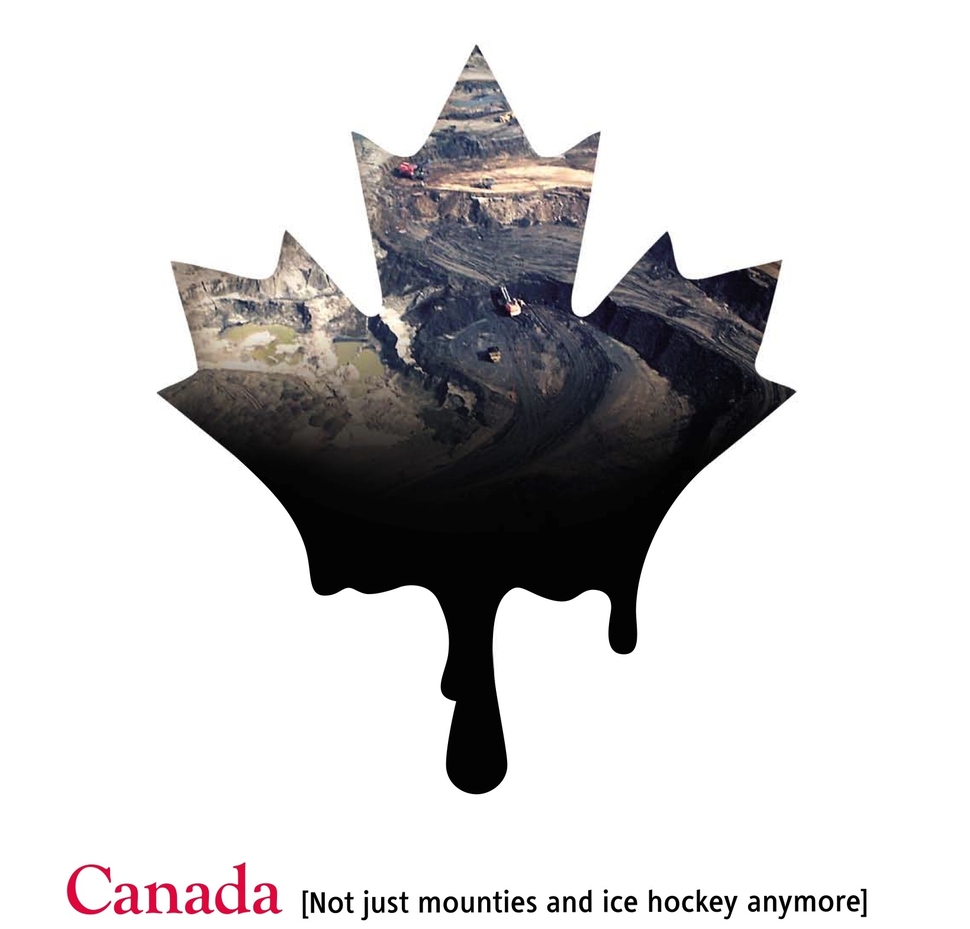Canada is in the top three of countries with the biggest oil reserves. Ninety-five per cent of these reserves are within the oil sand reservoirs in Alberta. Oil sands leave in many aspects of all oil production types the biggest environmental footprint. Does Canada understand the risks of this resource type or are we speaking of ignorance?
The oil sand deposits are distributed over an area of 140.000 km2, largely in the province Alberta. Almost two million barrels of oil are produced daily, which is for 80% is done by steam-assisted gravity drainage. This means that steam is pumped in the subsurface to liquefy the bitumen, a viscous form of crude oil. Then this liquid is pumped to the surface again. This way of production is quite harmless in terms of surface disturbance in comparison with how the other 20% is gathered. The other method is open-pit mining, where large areas are excavated and trucks transport the sands. Oil sand extraction produces four times more greenhouse gas emissions than conventional oil extraction. With the mining method also causing mass deforestation. All very bad figures, but clear figures due to environmental impact and risk assessments. Where is the real risk in terms of uncertainty?
When the sands are mined, the bitumen has to be extracted from these sands. Therefore two to four times the amount of water is needed for this extraction process. With this process the bitumen is separated and transported further, leaving behind liquid tailings. Tailings contain of the sand particles, water and chemicals used for the extraction process. The particles and chemicals can undergo reactions, resulting in a toxic residue containing acids and metals. These tailings are stored in large tailing lakes that cover 176 km2 of the area. It is estimated that these lakes seep approximately 11 million liters a day! It contaminates surface and ground water. The uncertainty is how far this contamination can reach downstream following rivers affecting wildlife and human health. I think these numbers are enormous and with not knowing how far from these mining sites these toxics flow. When talking risks, the uncertainty concerning the impact area has to be reduced. So risk management must consider water quality measurements in all downstream directions of the tailing lakes. These measurements have to be mapped and should be intensively monitored. Also the policies concerning tailing management have to be tightened, because these volumes of seepage are unacceptable. Lastly new mines should not be approved unless there are new technologies for processing the bitumen that make tailing lakes redundant.
